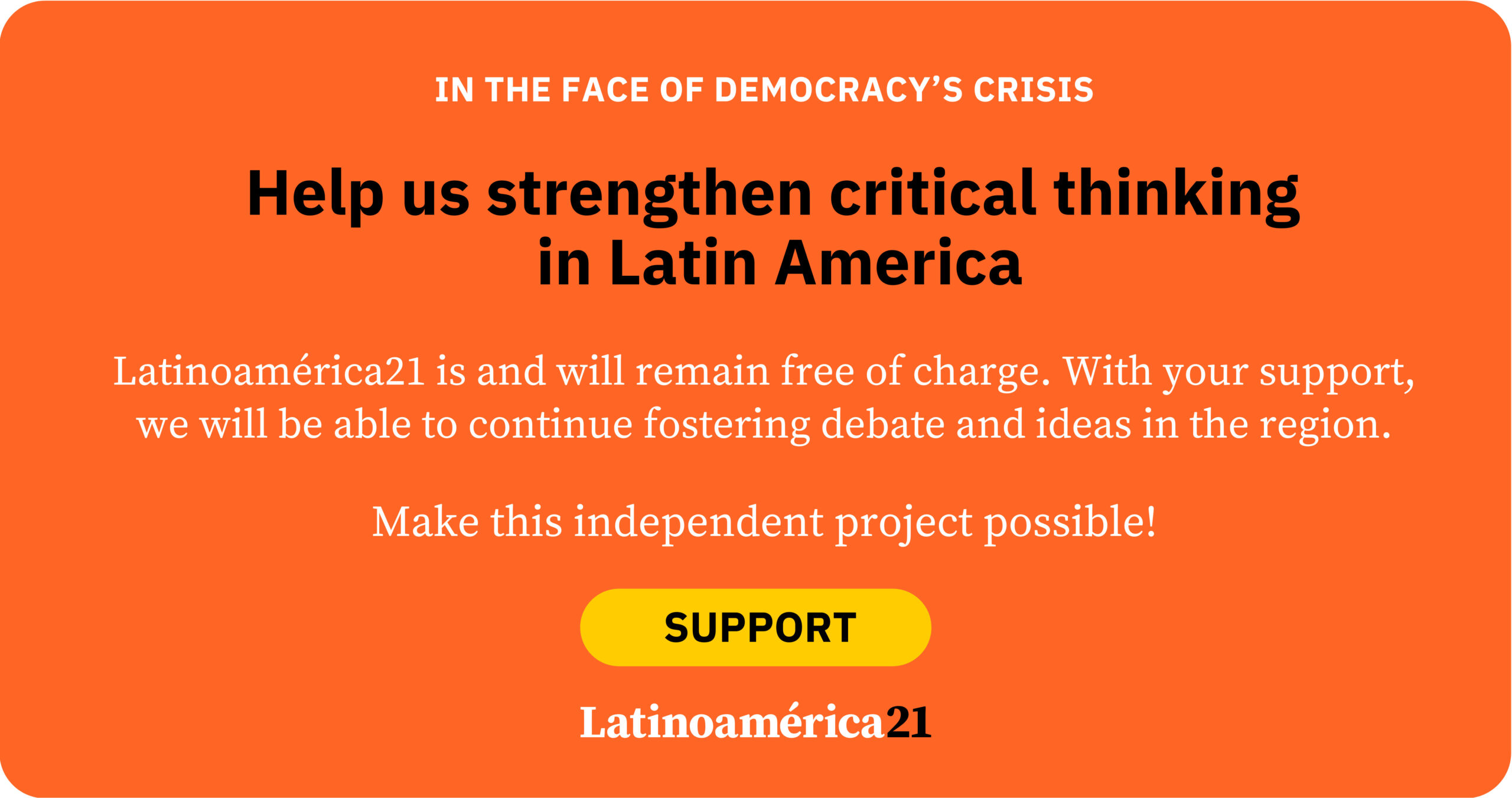Our era is marked by an obsession with rankings. We have rankings for universities, songs, tourist destinations, democratic quality… There’s hardly a corner of life that doesn’t have one. Or perhaps there is: there is no ranking of lies. No list of the biggest, the most universal, or the most brazen lies. If such a ranking existed, I know where my vote would go: to the idea that we live in democracies. It checks all the boxes—it’s a colossal lie, universally accepted and repeated shamelessly by everyone: both the governed and the governing. The former, perhaps, because they are largely unaware of the truth. The latter, because they pretend not to know it.
So, what is that truth? Are we living under autocratic or dictatorial regimes? No: the truth is that—except for clear deviations like Cuba, Nicaragua, or Venezuela—we live under mixed regimes. Mixed regimes? What kind of modern invention is that? Actually, it’s no modernity at all—the concept is roughly 2,000 years old. Polybius (1st century BCE) argued that the best form of government was not monarchy, aristocracy, or democracy. That is, not the rule of one, a few, or the majority, but a combination of all three. A mixed government with monarchical, aristocratic and democratic components. In his day, that meant in Rome: the two consuls (monarchy), the Senate (aristocracy) and the tribunes of the plebs (democracy).
The constitutional founders of the Río de la Plata—and likely of all Latin America—drew from this idea when designing the republics born of independence in the early 19th century: a single executive leader (monarchical component), a Senate (aristocratic component) and a lower house (democratic component).
The main justification for the monarchical component was unity. As stated in the act of August 31, 1818: “the idea of adapting to the government system of the country the main advantages of monarchical, aristocratic and democratic governments, while avoiding their abuses. The monarchical government is advantageous for the unity of plans, for the swiftness of execution and for secrecy.”
A quarter-century later, while drafting the Argentine Constitution, the figure of the vice president was added—copied directly from the U.S. Constitution without debate. If, for Polybius, the two Roman consuls represented the monarchical element of the ideal government, why shouldn’t the president and vice president of a Latin American republic function in the same way?
Today, we have plenty of arguments to counter that—both theoretical and practical. Let’s skip the theoretical ones; after all, they weren’t strong enough to prevent the framers from copying the vice presidency instead of choosing another succession model. And we can’t really blame them, as they were opening the doors to an entirely new political world. They couldn’t have foreseen the difficulties that would emerge later.
So, let’s turn to experience, to reality, to empirical evidence. Javier Milei and Victoria Villarruel, with their public rupture, have only updated a story we know all too well: we’ve seen it in nearly every previous Argentine administration and in numerous other cases across Latin America. Presidents and vice presidents tend to clash—with troubling frequency.
What happens when the president and the vice president become irreconcilable? Let’s recall: “The monarchical government is advantageous for the unity of plans.” That is, unity disappears, the monarchical component of our system of government is undermined and its main reason for existence vanishes. What was supposed to bring unity instead sows division. Burying unity means burying stability. It means those loyal to the executive must pick sides, thereby weakening both factions—and the executive as a whole. It means the vice president will start courting the opposition (and/or vice versa): the enemy of my enemy is my friend—or at least, can be temporarily, for tactical purposes—deepening the system’s fragility. It means the executive will no longer safeguard state secrets from national enemies, but from their own second-in-command. It means that if the president is temporarily or permanently incapacitated, the succession mechanism won’t bring continuity but uncertainty.
Faced with all this, the solution is simple: eliminate the vice presidency. And if the president dies, resigns, or becomes incapacitated…? Chile and Mexico, the only two Latin American countries without a vice presidency, provide the answer. Neither has experienced succession crises or the turmoil that vice presidencies have caused elsewhere in the region.
Thus, we arrive at a new ranking: the most harmful and expendable institutions. And its number one spot goes to the Latin American-style vice presidency.
*Machine translation, proofread by Ricardo Aceves.













